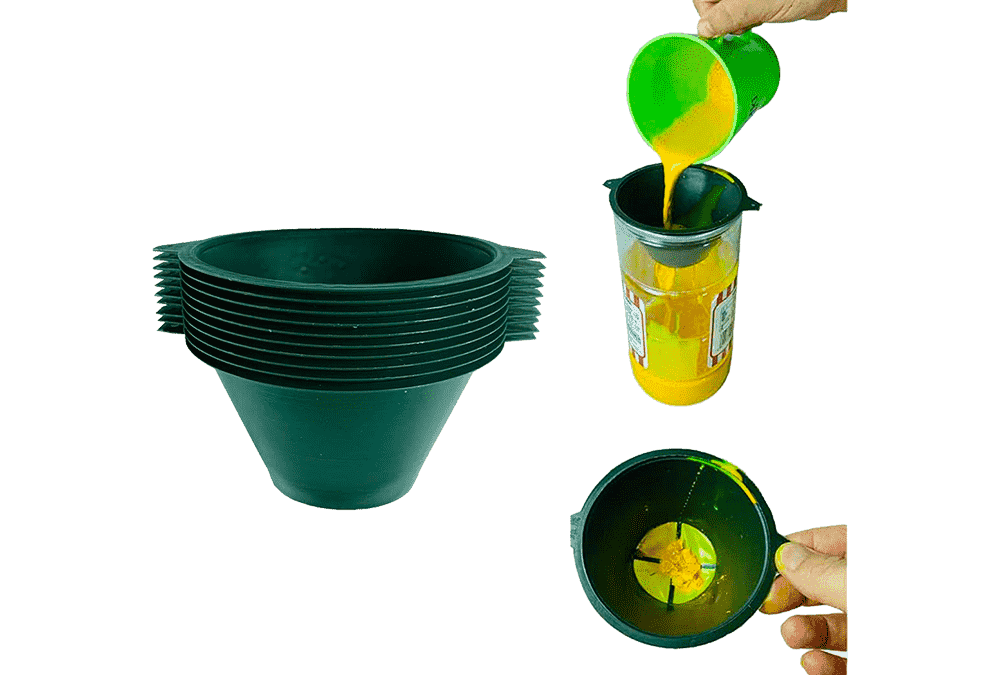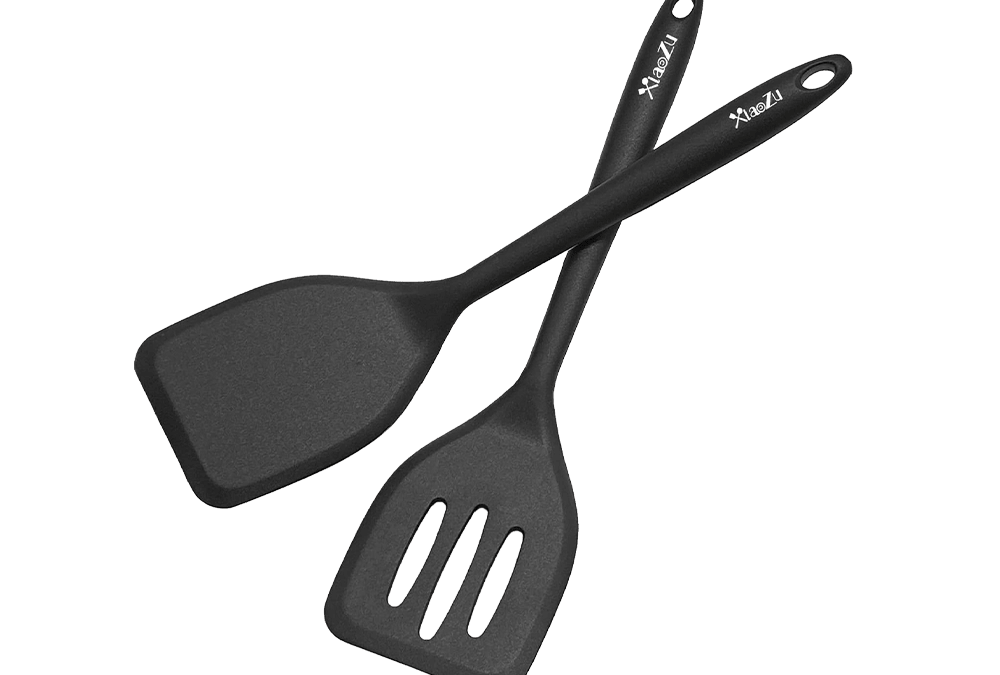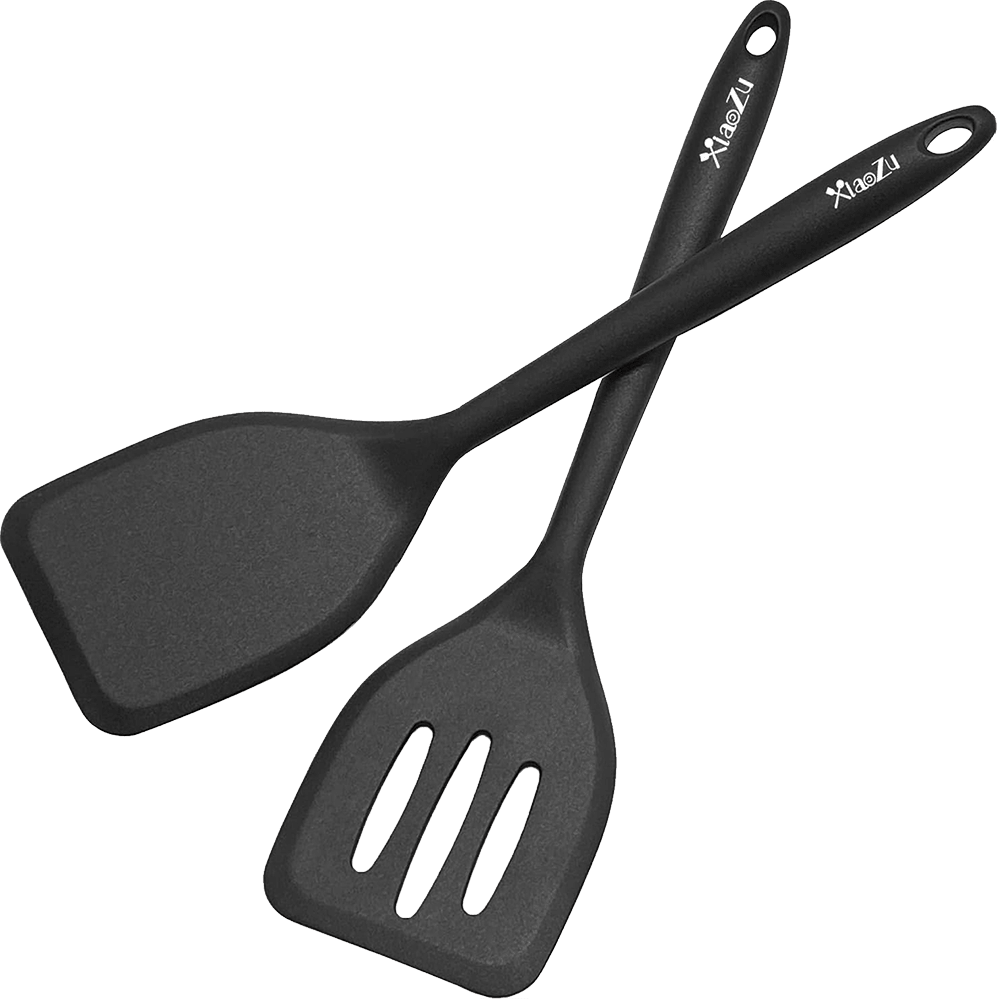Silicone Mat
Silicone Mat
Keeping Your Workspace Clean with a Silicone Mat
3D resin printing can be a messy process. With resin getting onto various tools and surfaces, maintaining a clean workspace can become a tedious task. However, there is a simple yet effective tool that can help manage this mess and keep your workspace clean: the silicone mat.
Why Use a Silicone Mat?
In a 3D resin printing setup, it’s common to use various tools like spatulas, tweezers, and print removal tools. Resin can get on these tools, and constantly cleaning them after each use can be time-consuming and frustrating. A silicone mat offers a practical solution to this problem. Here are the key benefits: Non-Stick Surface: Resin will not stick to the silicone mat, making it easy to manage and clean. Easy Cleanup: You can clean the mat with isopropyl alcohol, or use a UV light to cure the resin on the mat. Once cured, the resin can be peeled off in hardened bits and disposed of properly. Dedicated Workstation: Using a silicone mat as a designated dirty workstation helps keep the rest of your workspace sterile and free from resin contamination.
How to Use a Silicone Mat
Implementing a silicone mat into your workflow is straightforward:
- Place the Mat: Position the silicone mat in your workspace where you typically handle resin-covered tools and prints.
- Use as a Workstation: Use the mat as a surface to set down resin-covered tools, prints, and other items. This confines the mess to one area, making cleanup easier.
- Clean or Cure and Peel: After your printing session, you can either wipe the mat clean with isopropyl alcohol or use a UV light to cure the resin. Once cured, the resin can be easily peeled off and disposed of, leaving the mat clean and ready for the next use.



